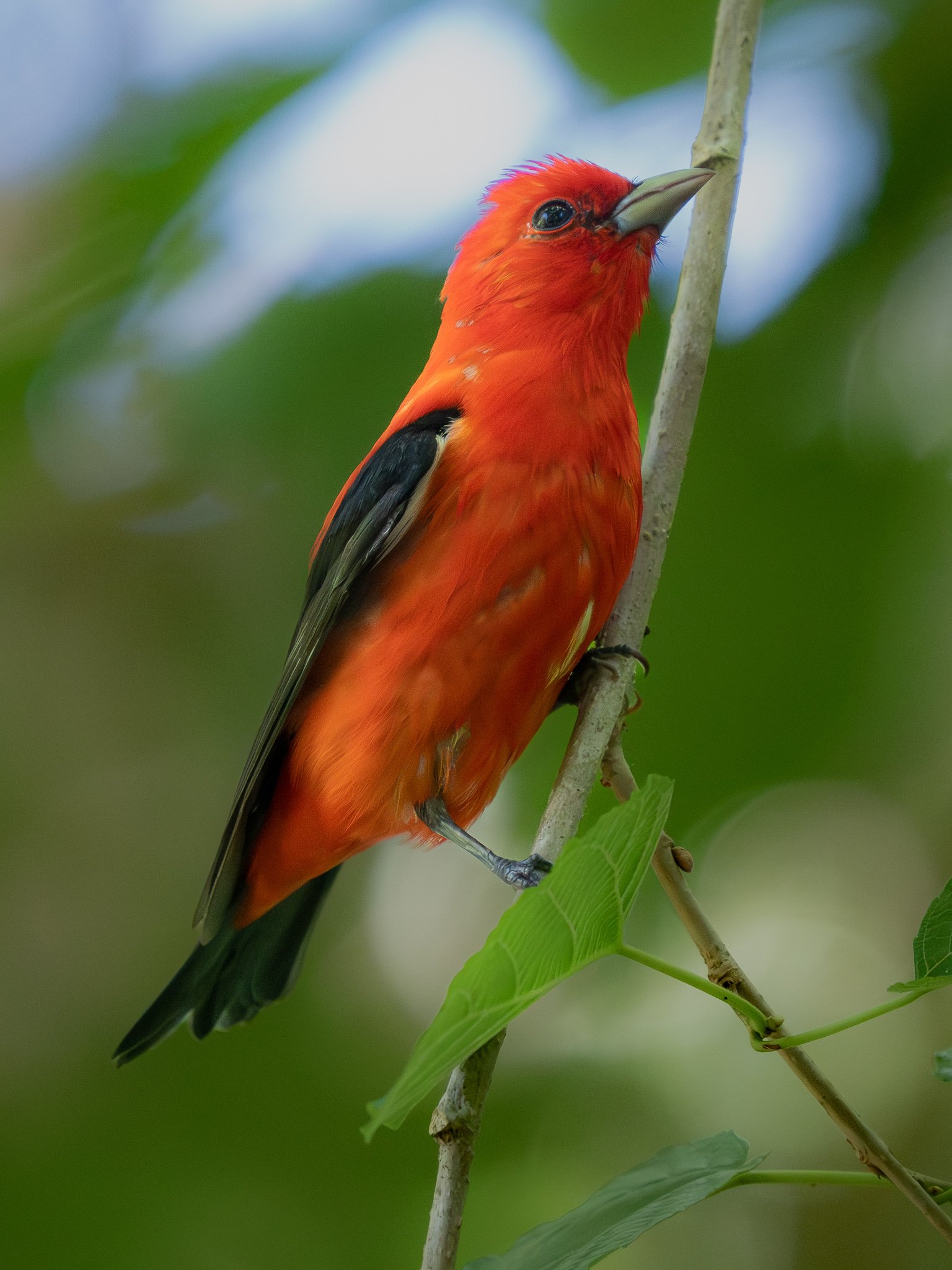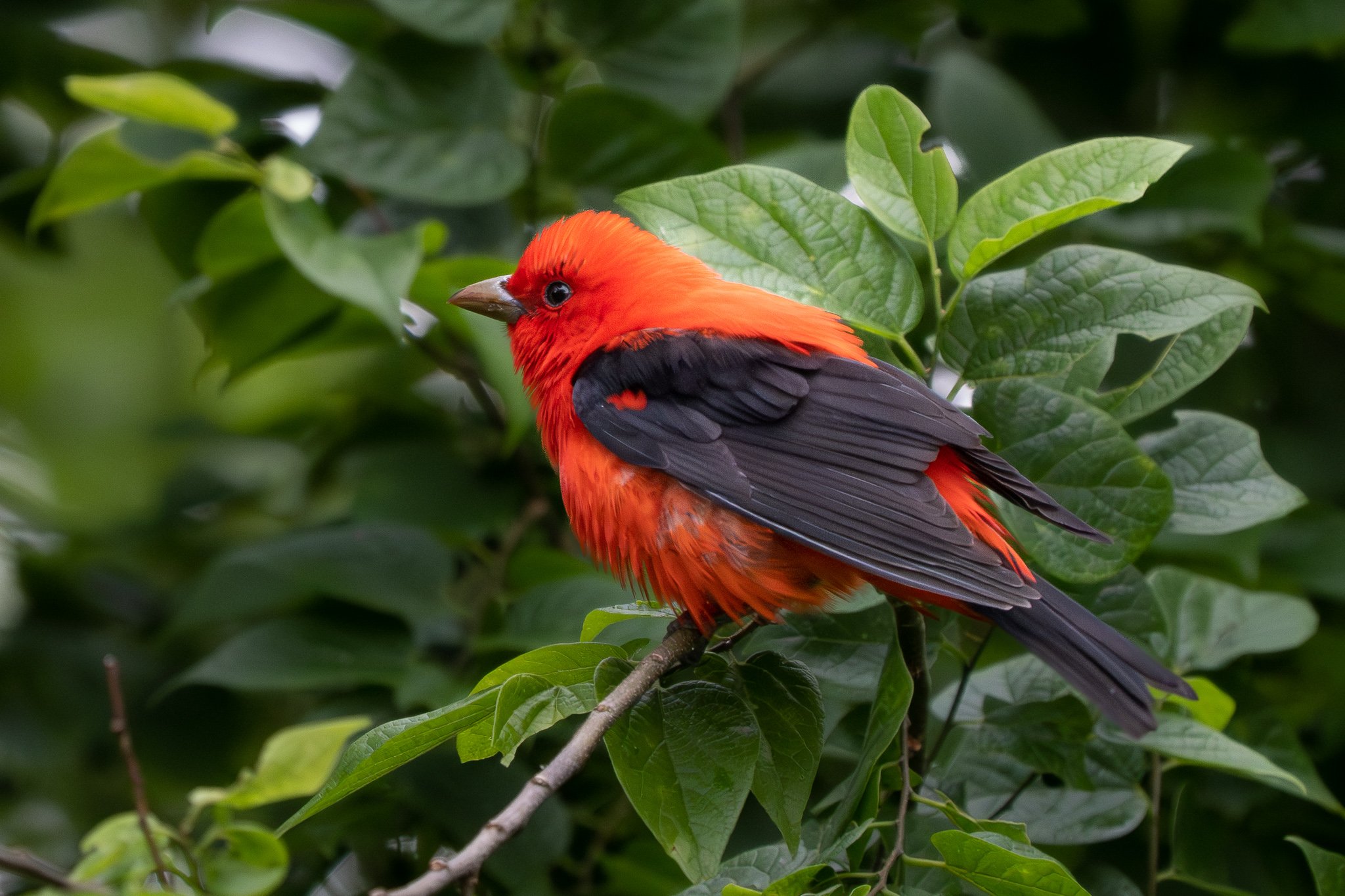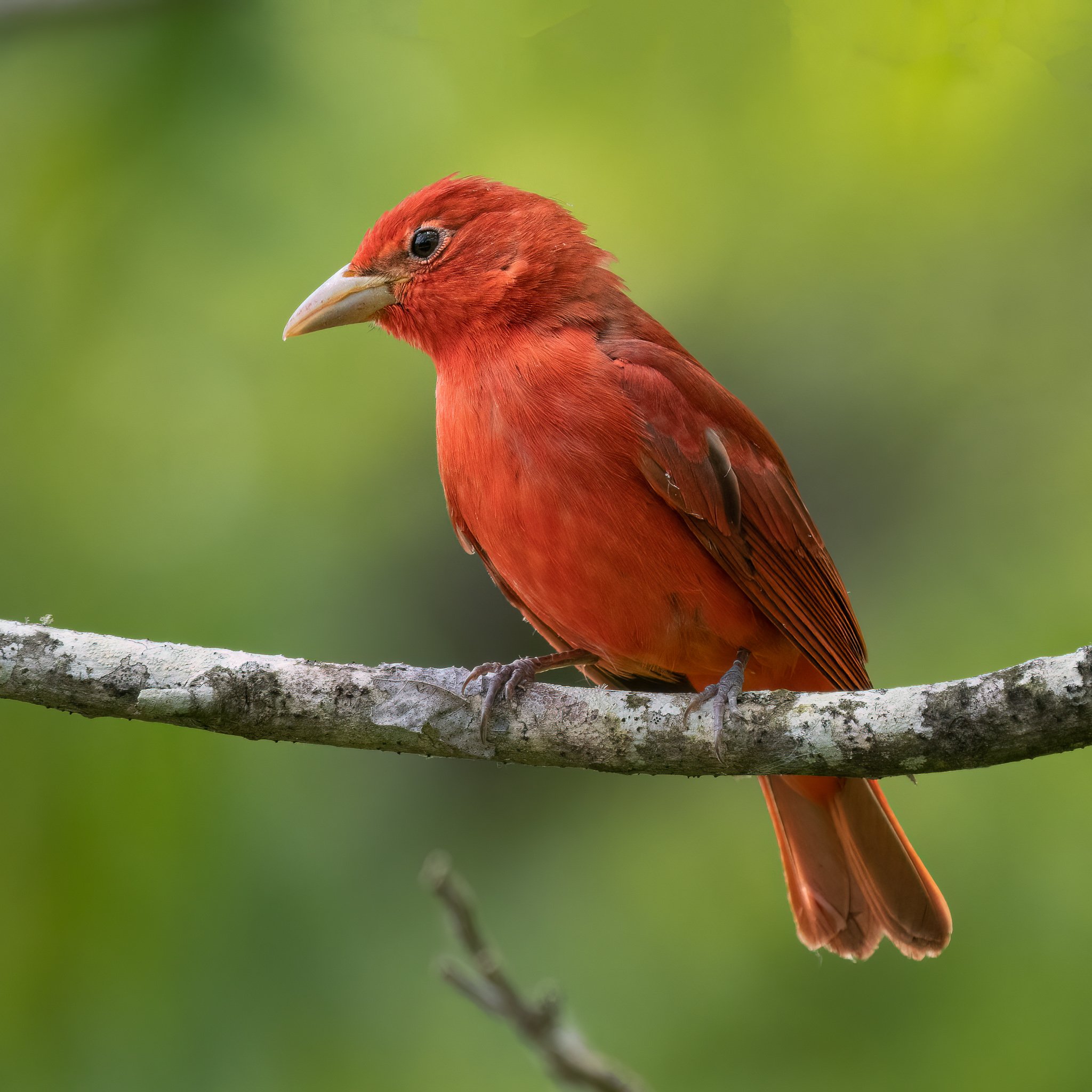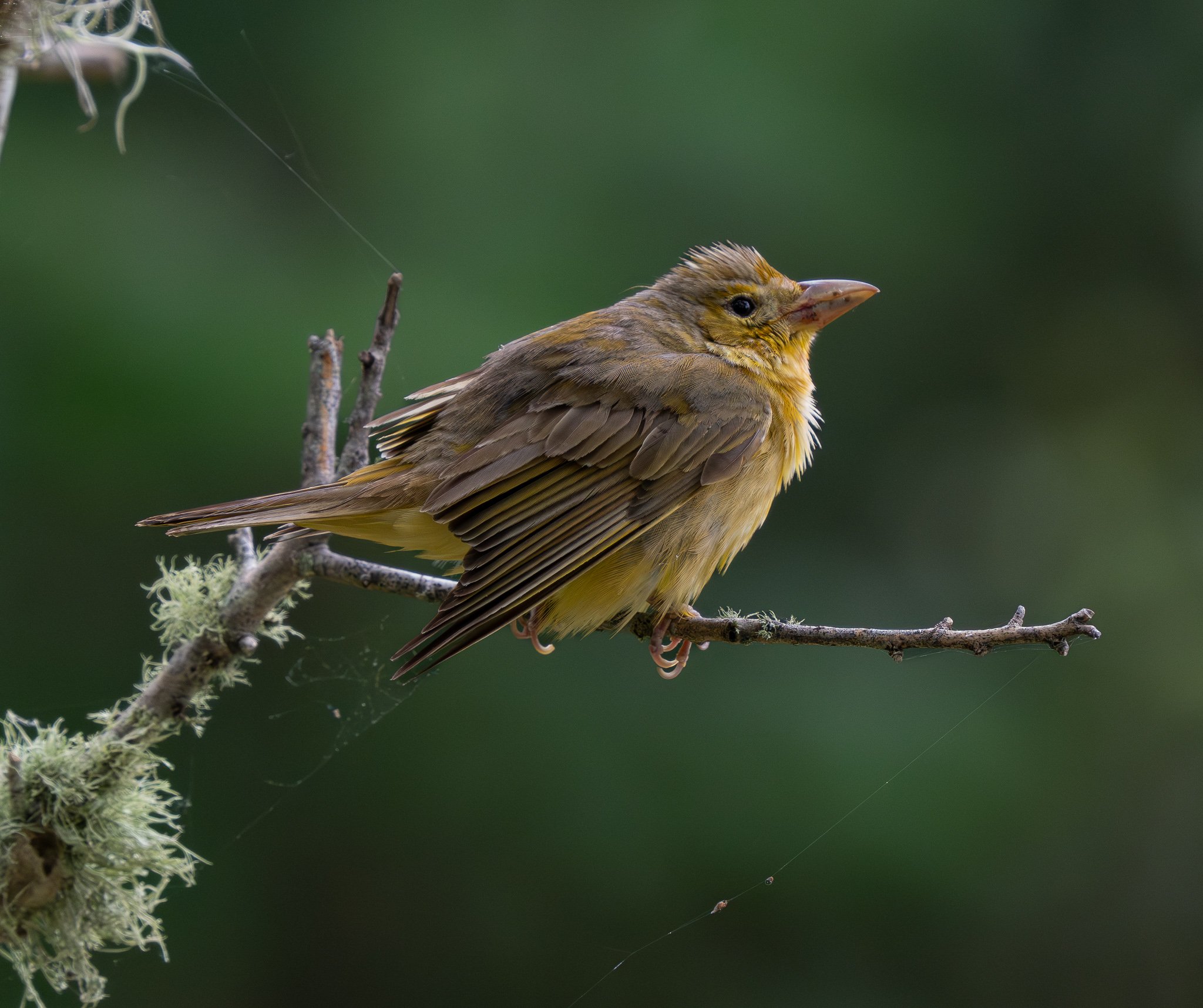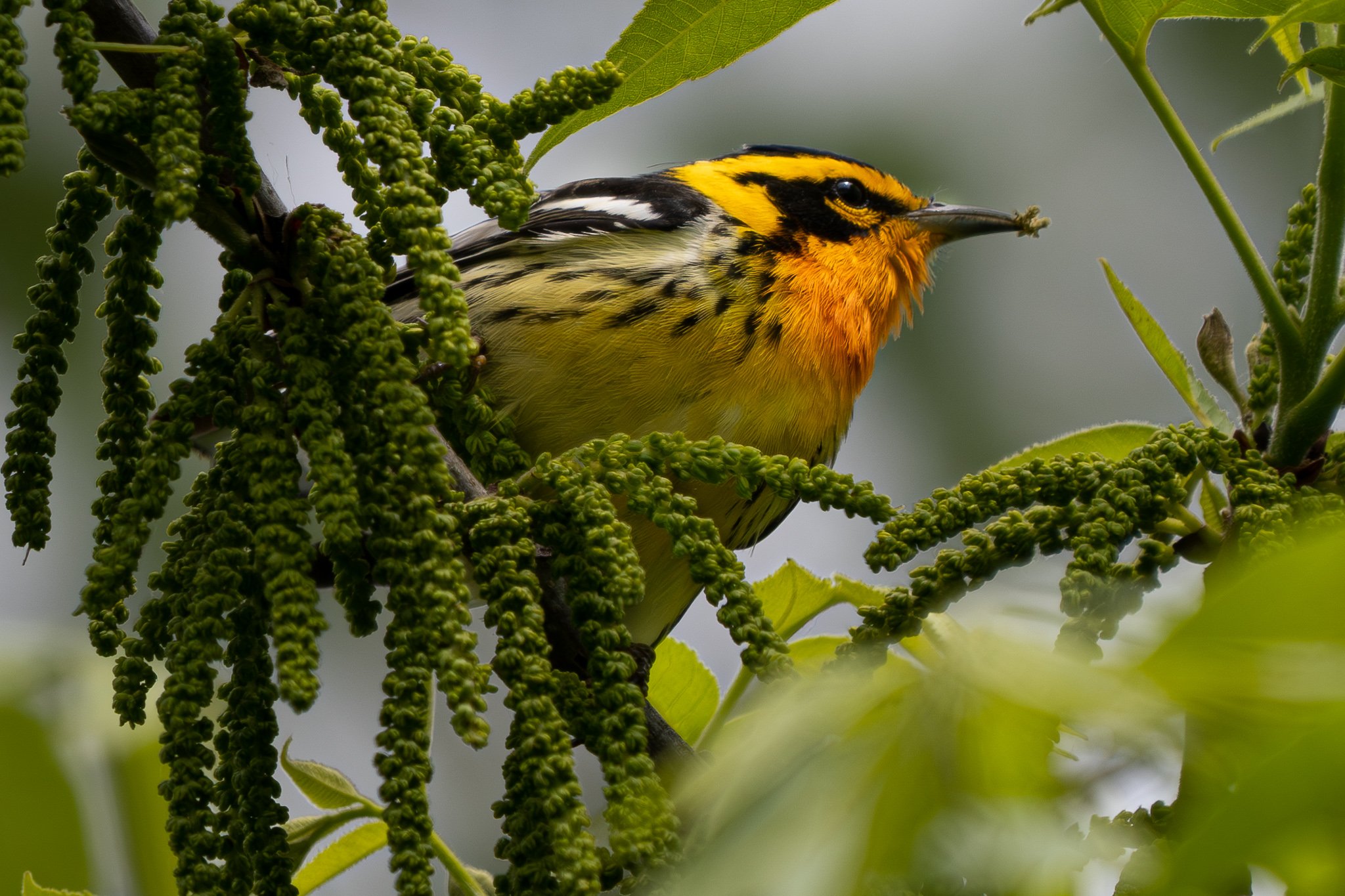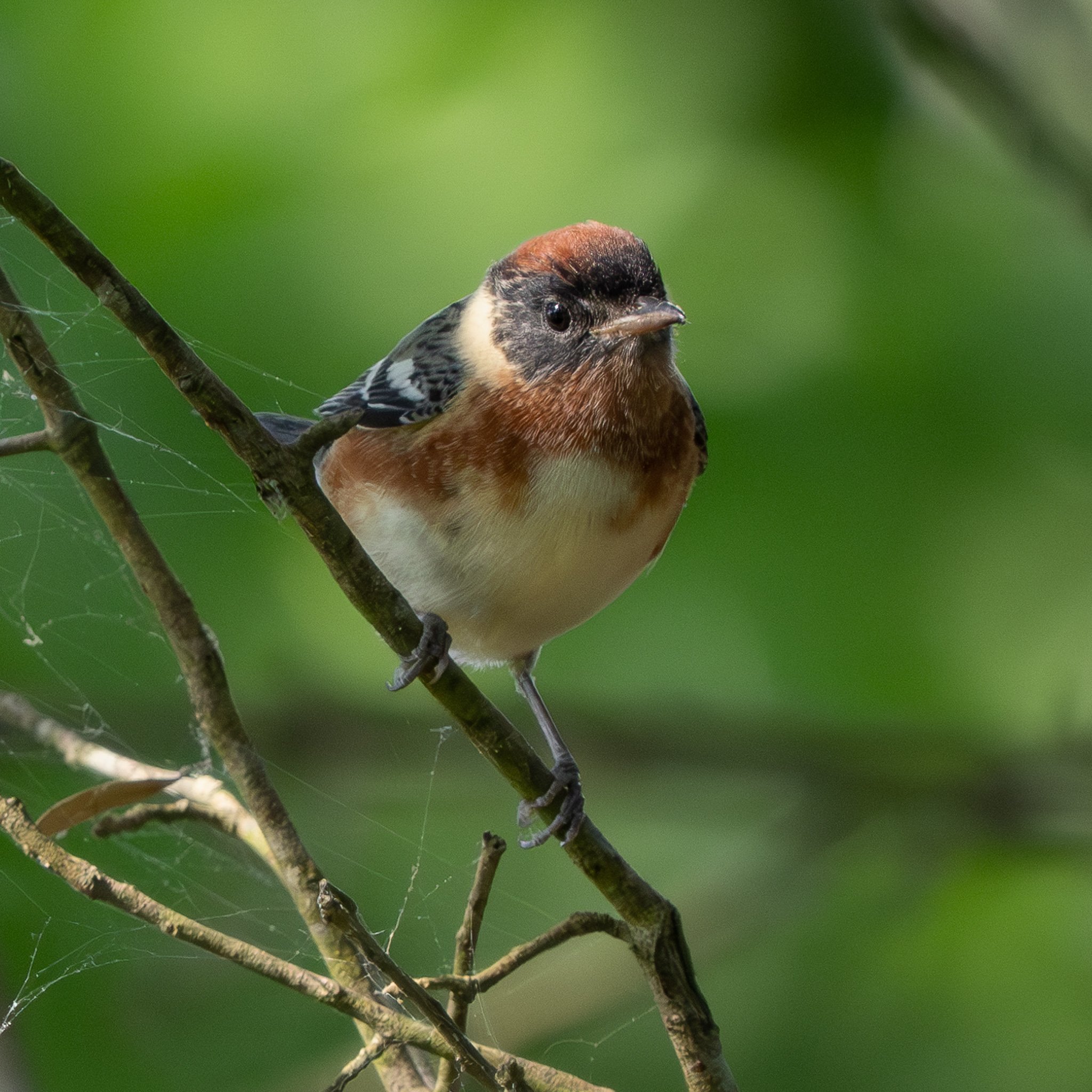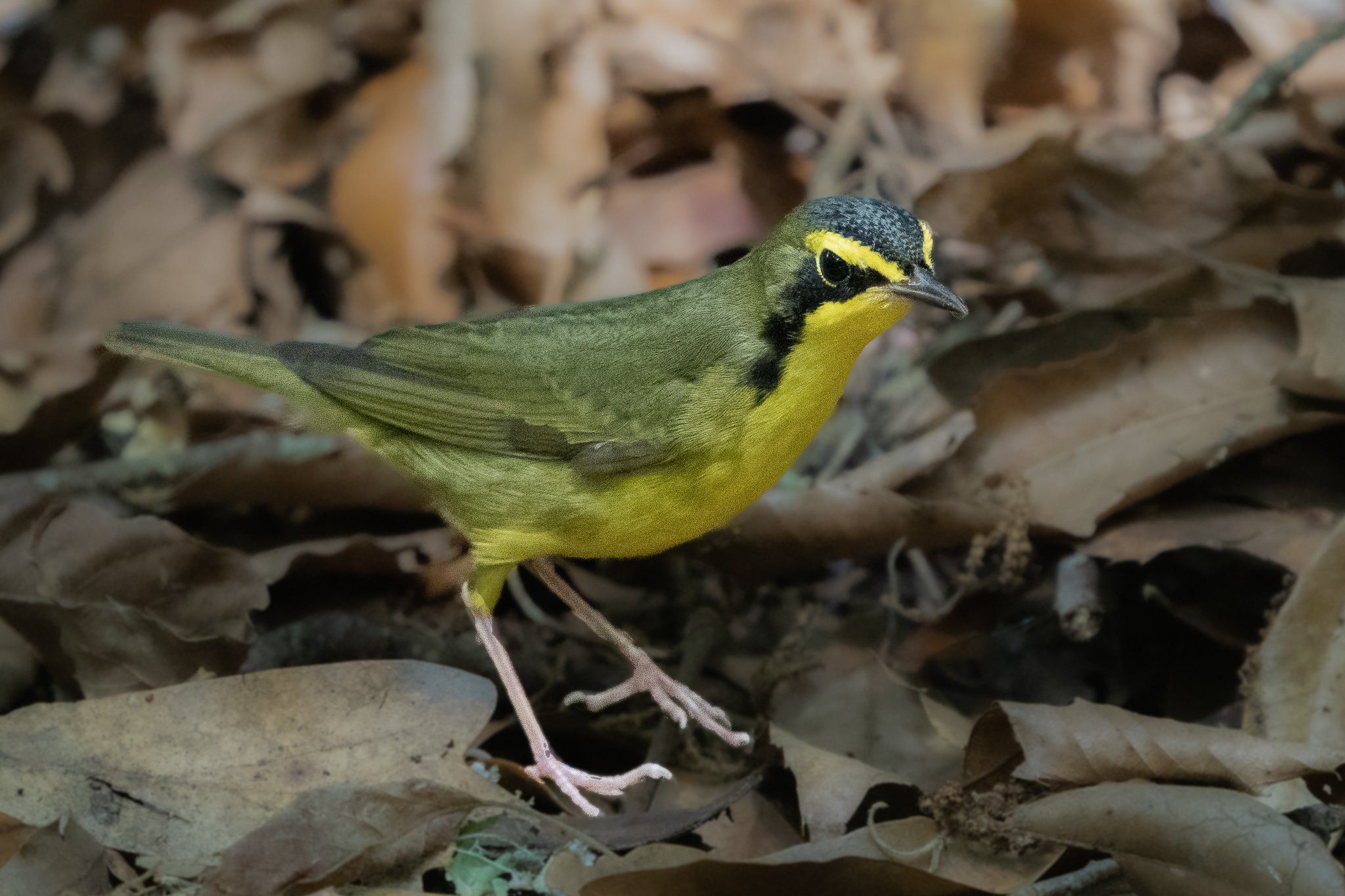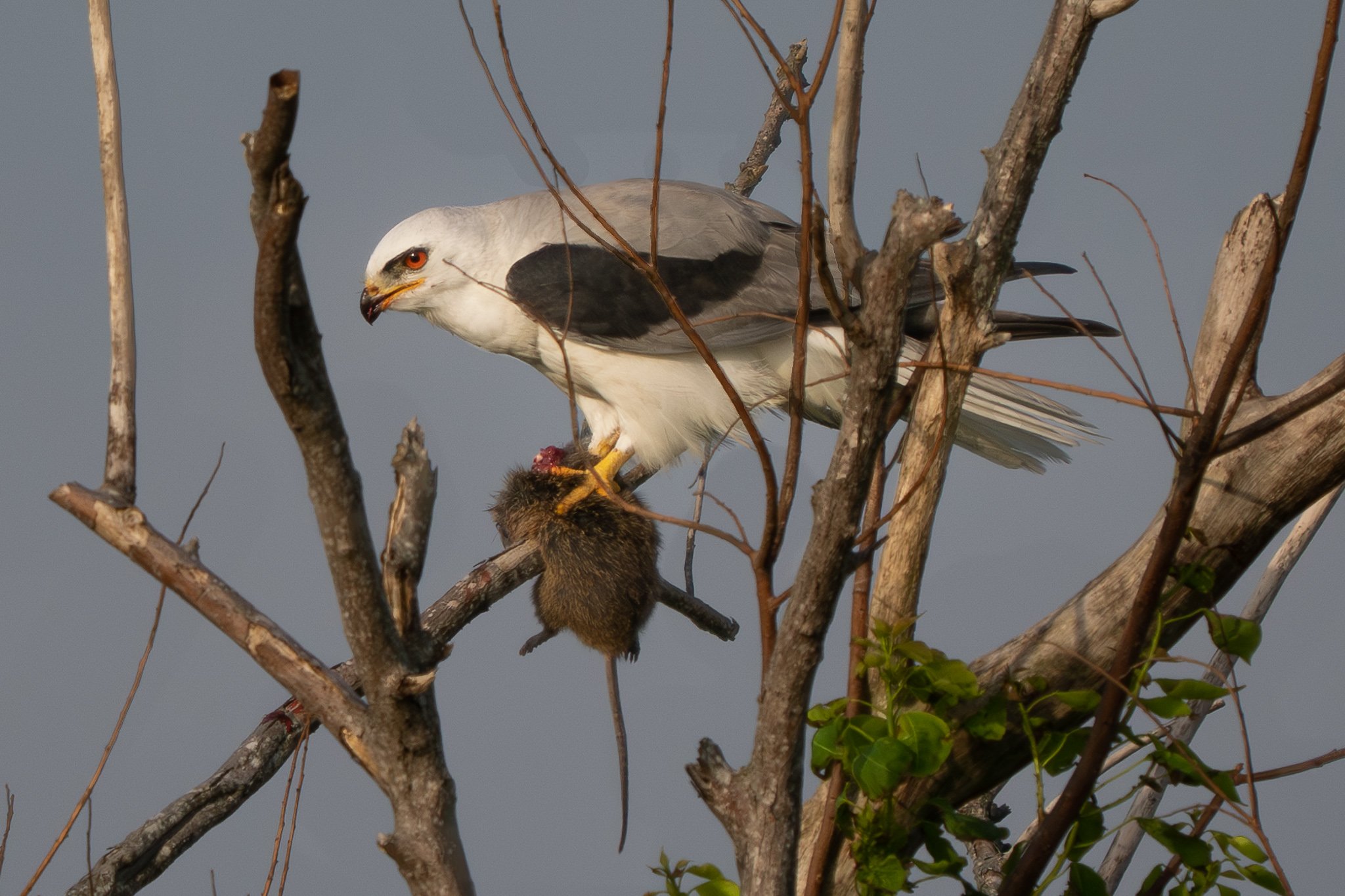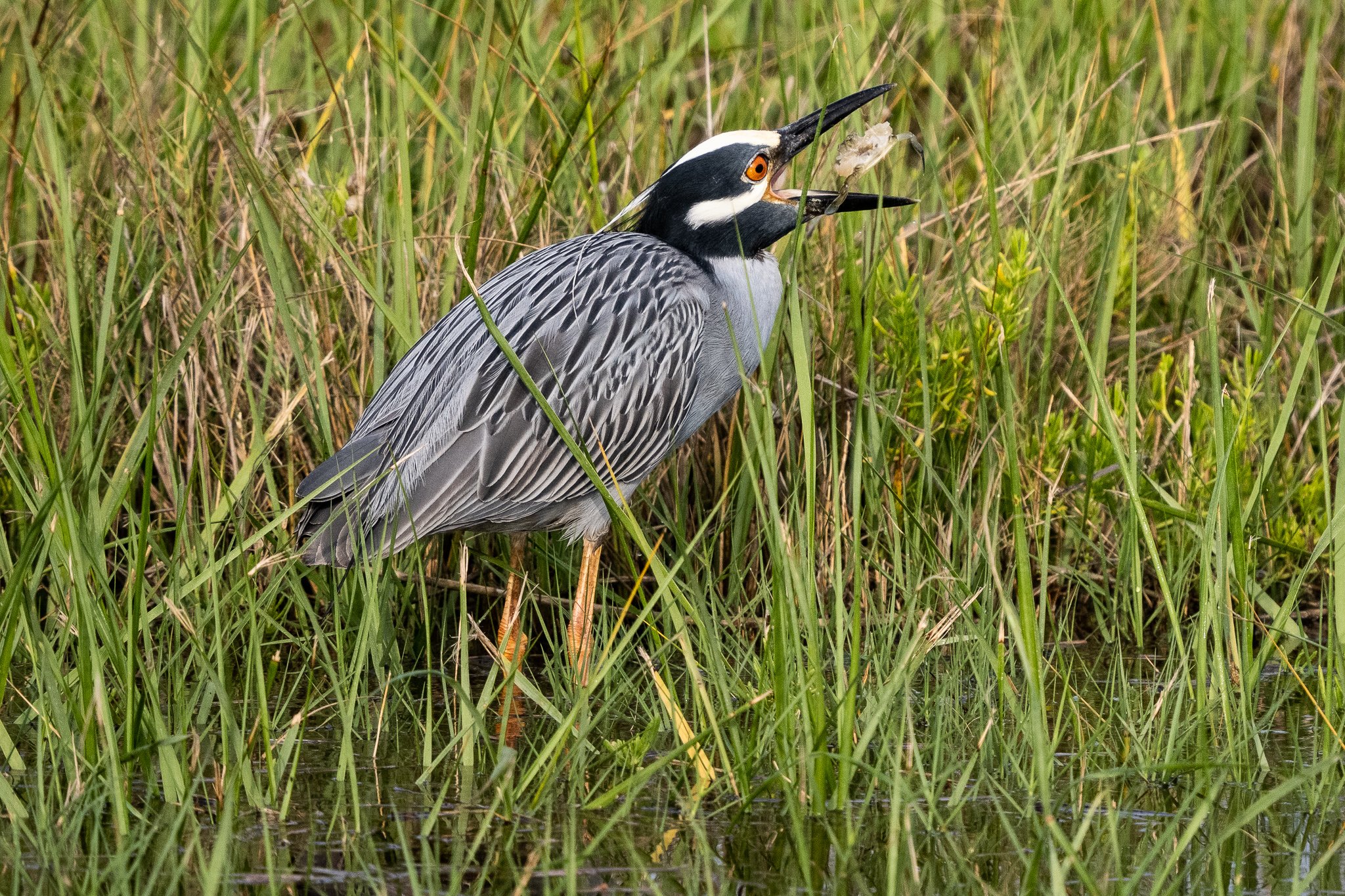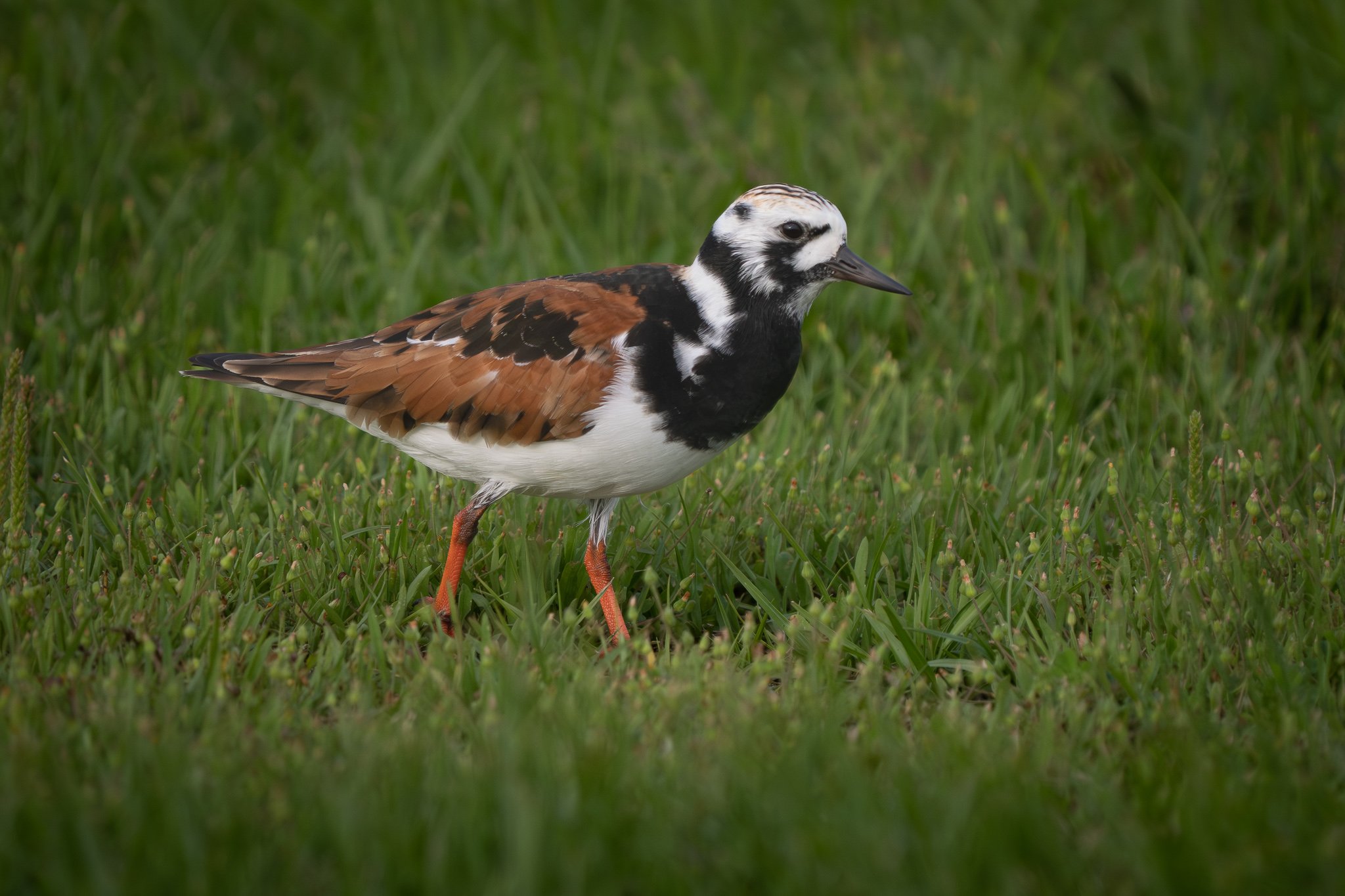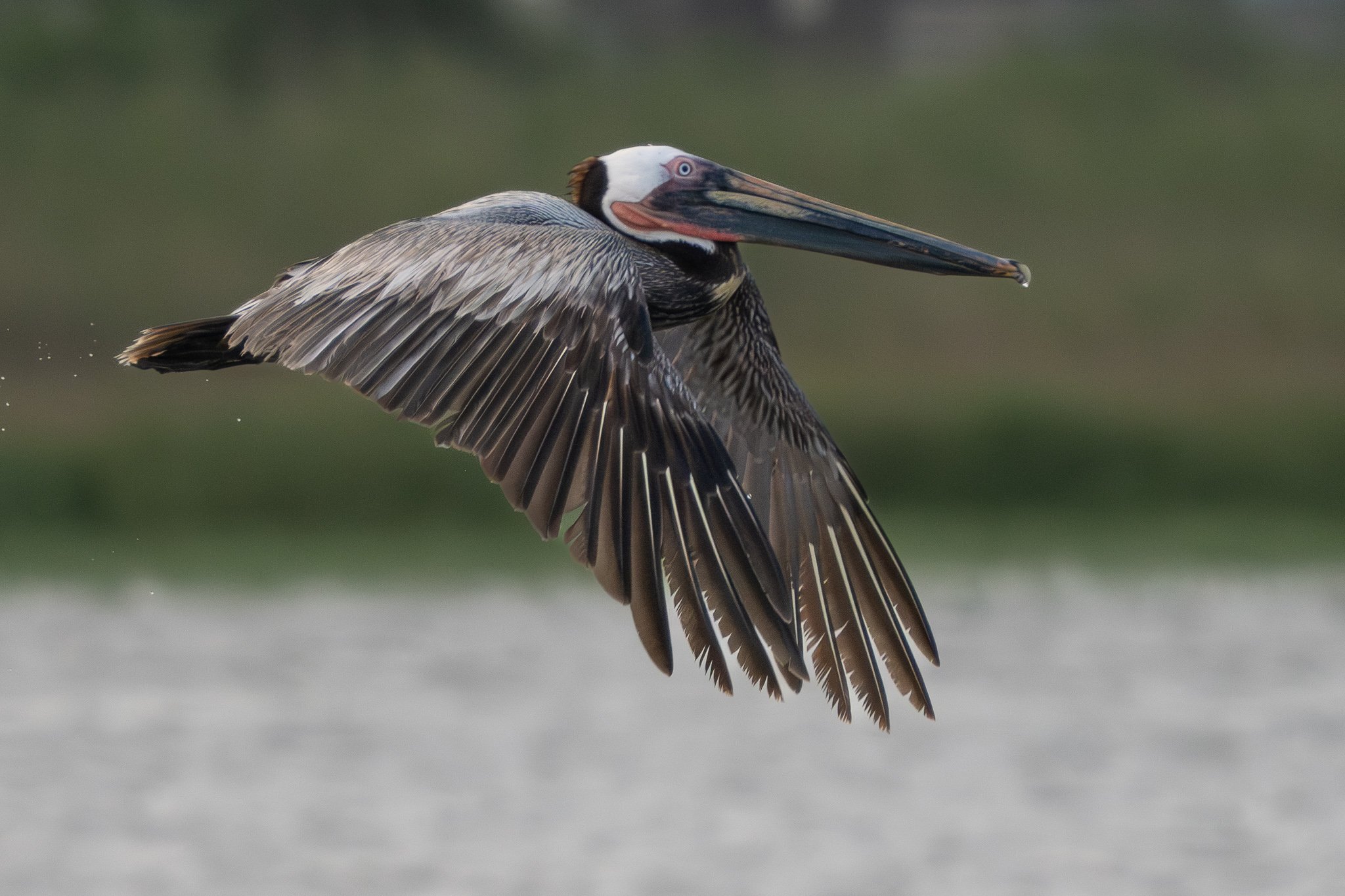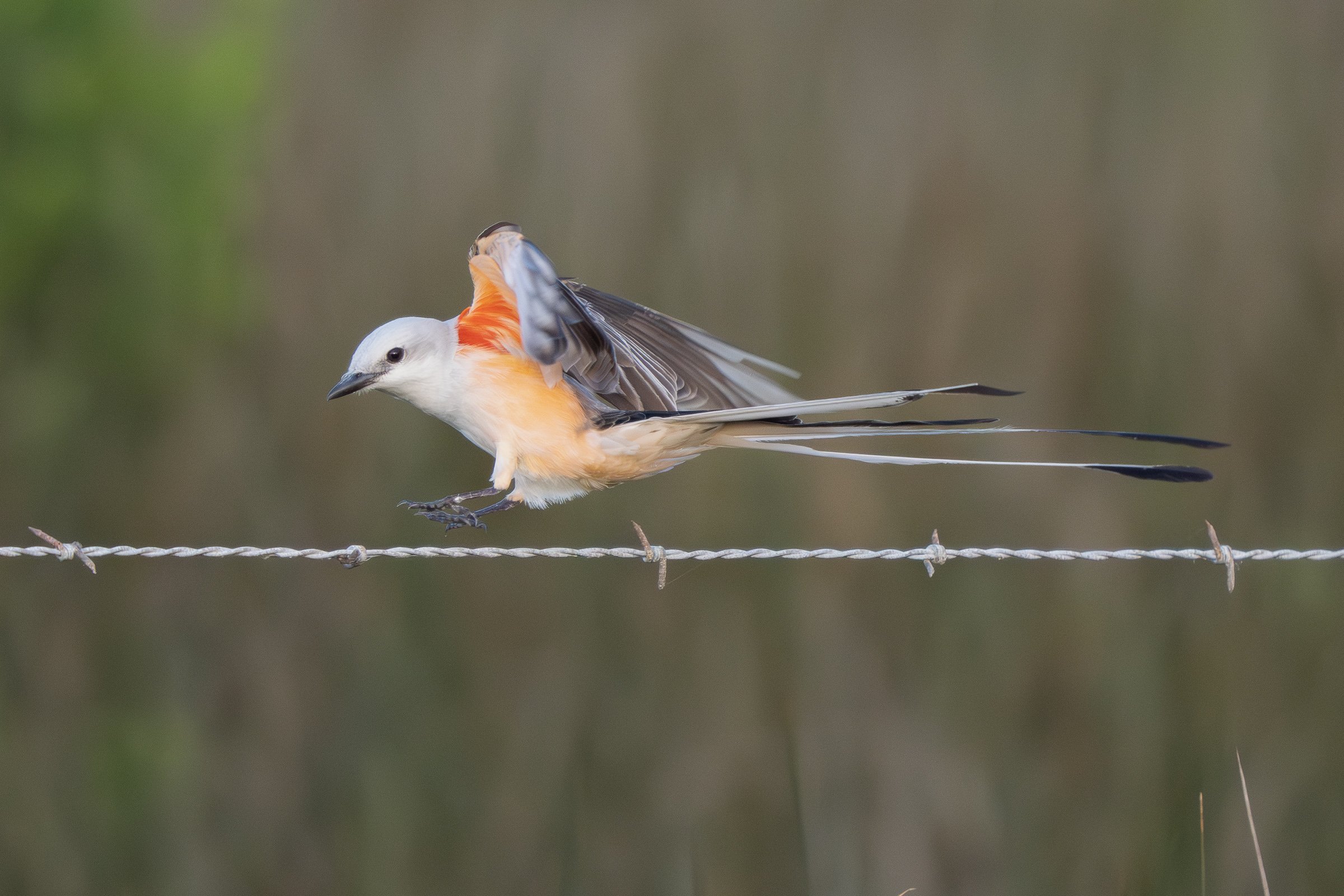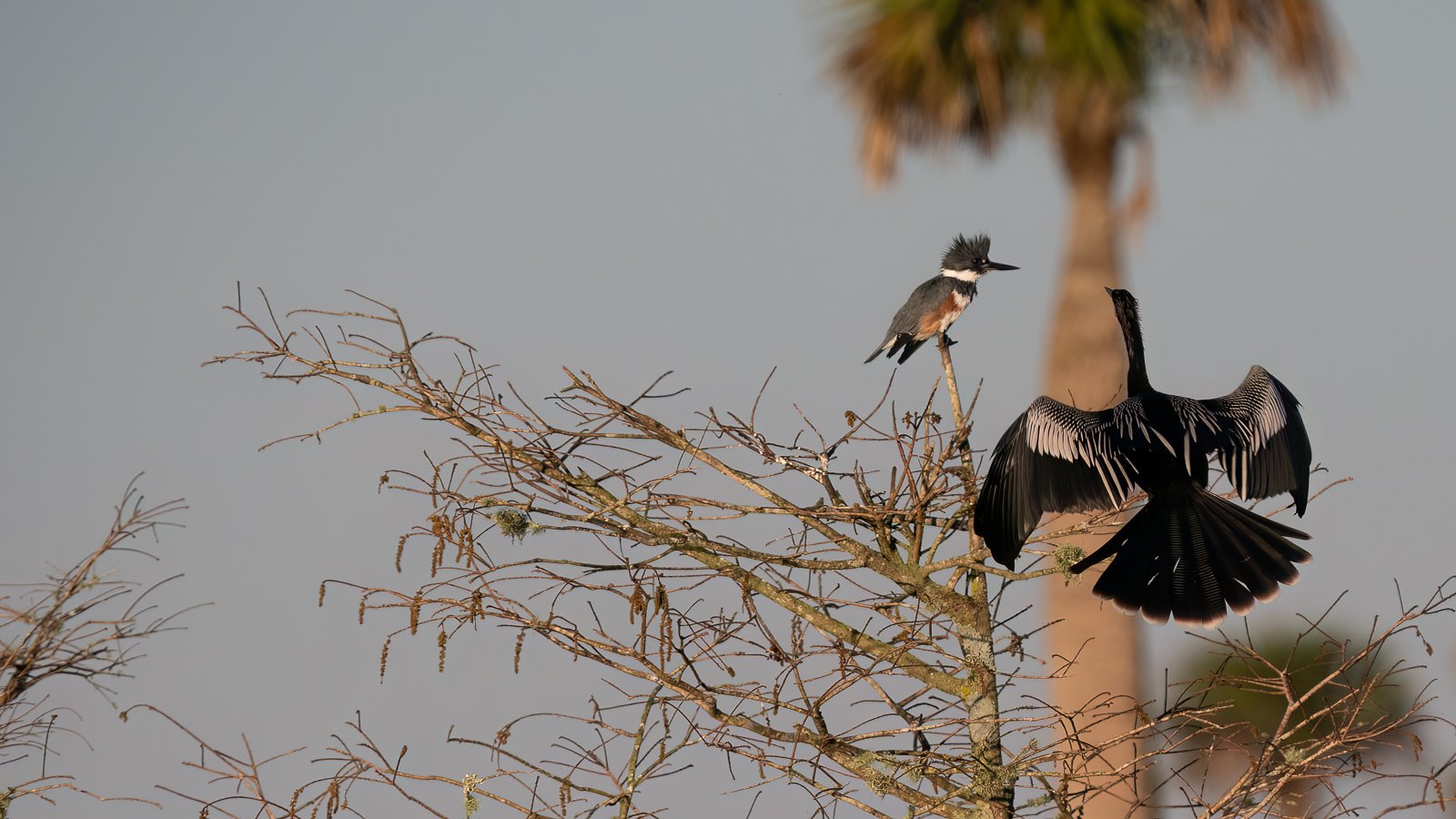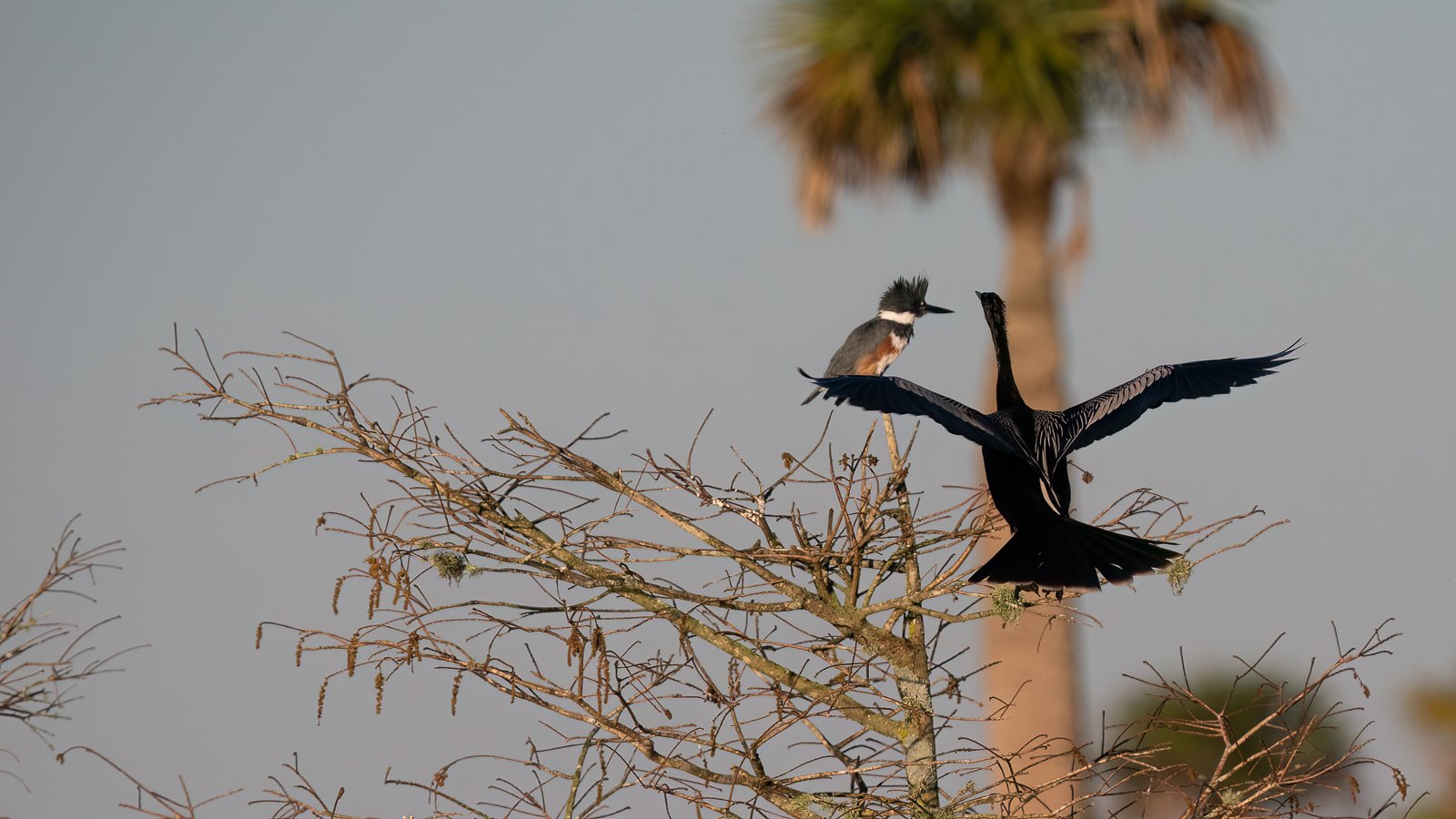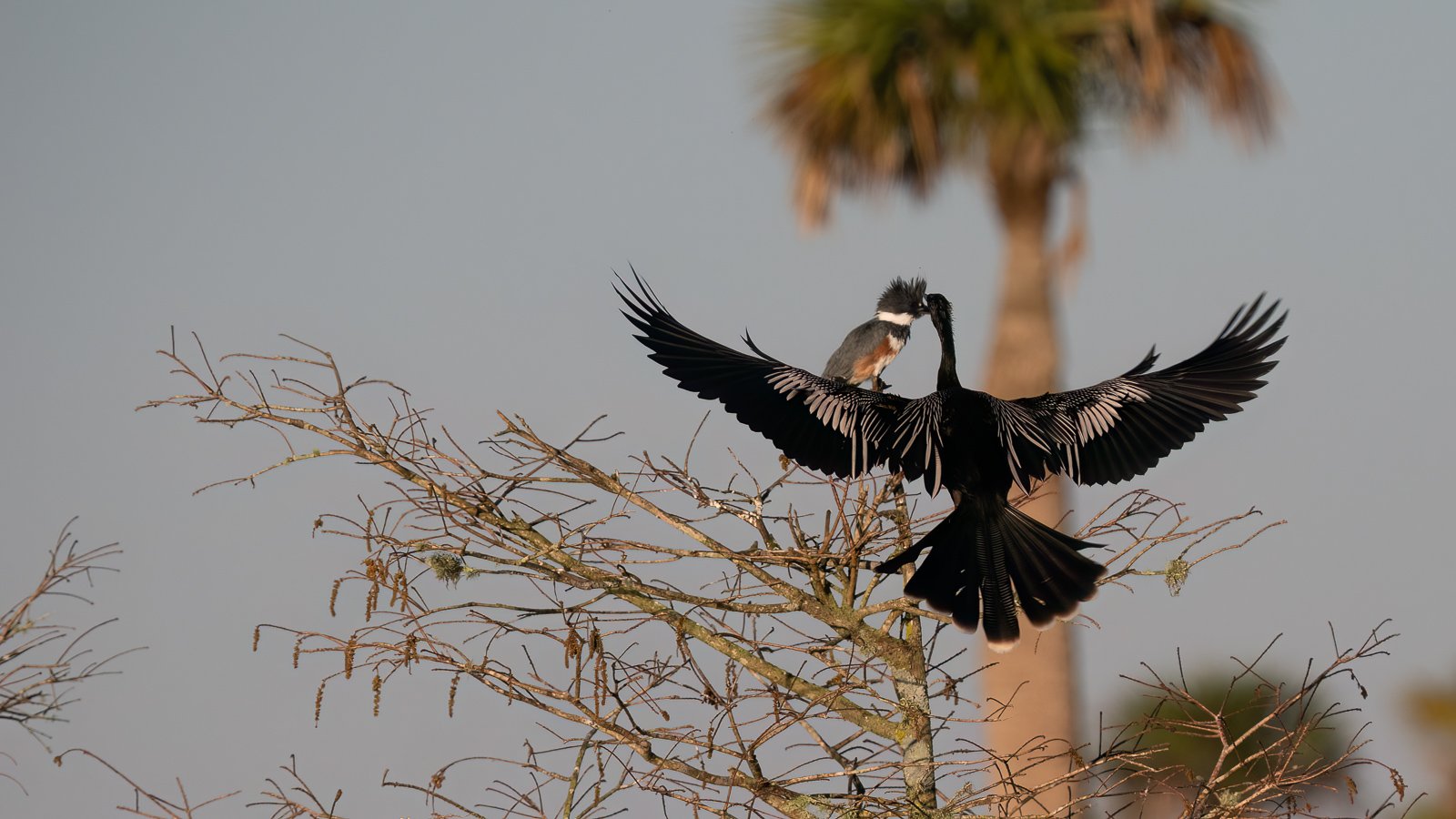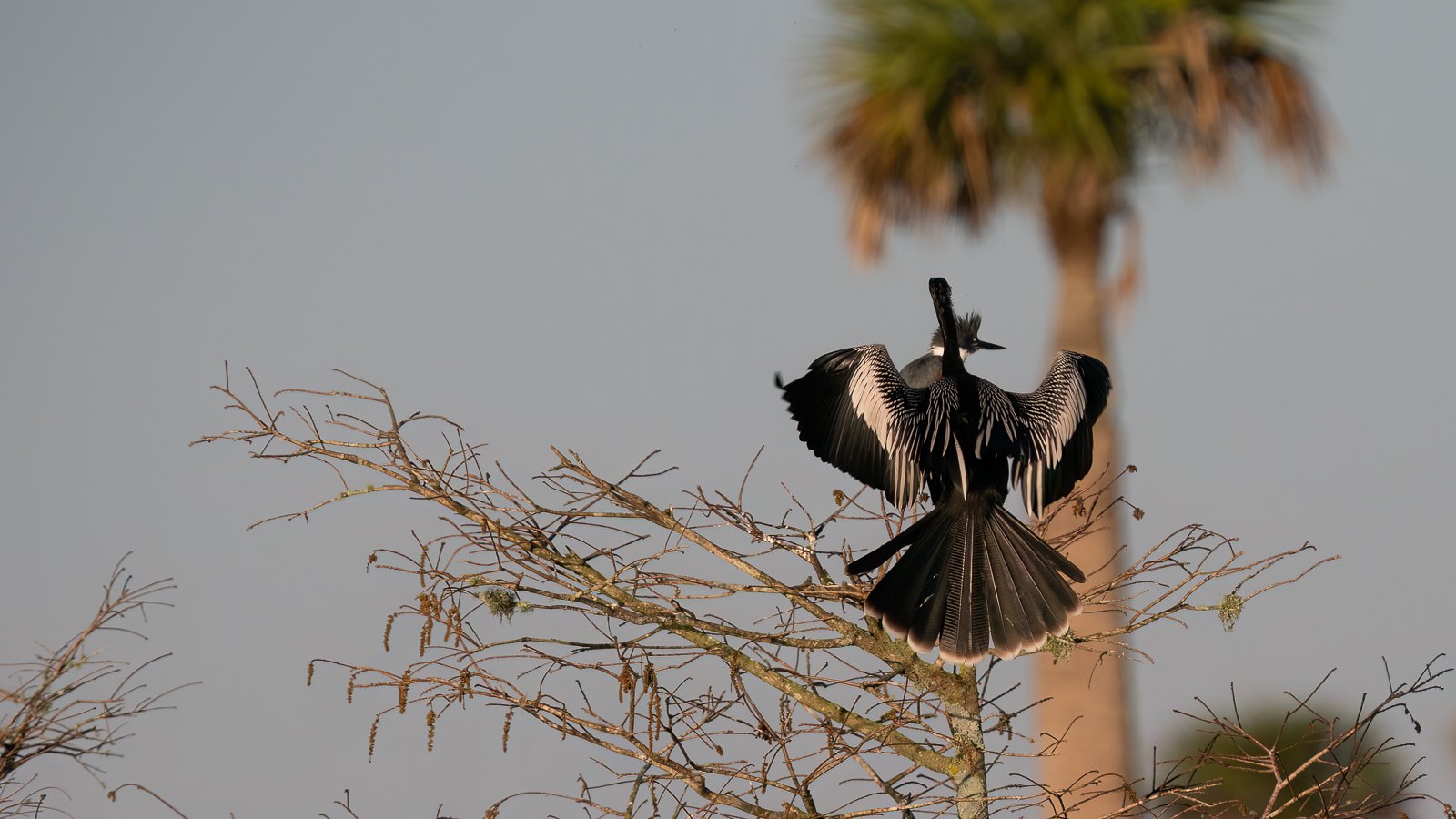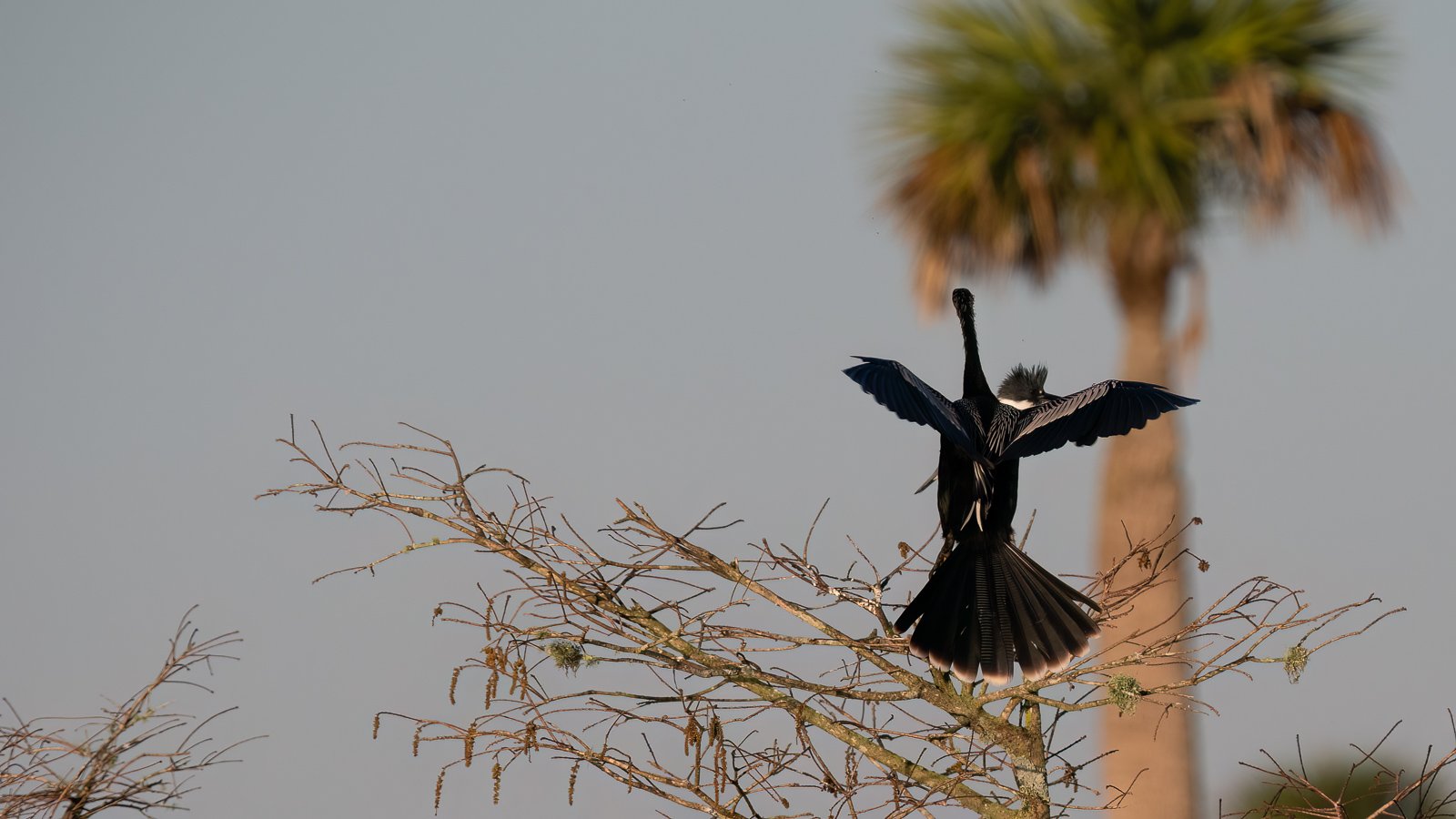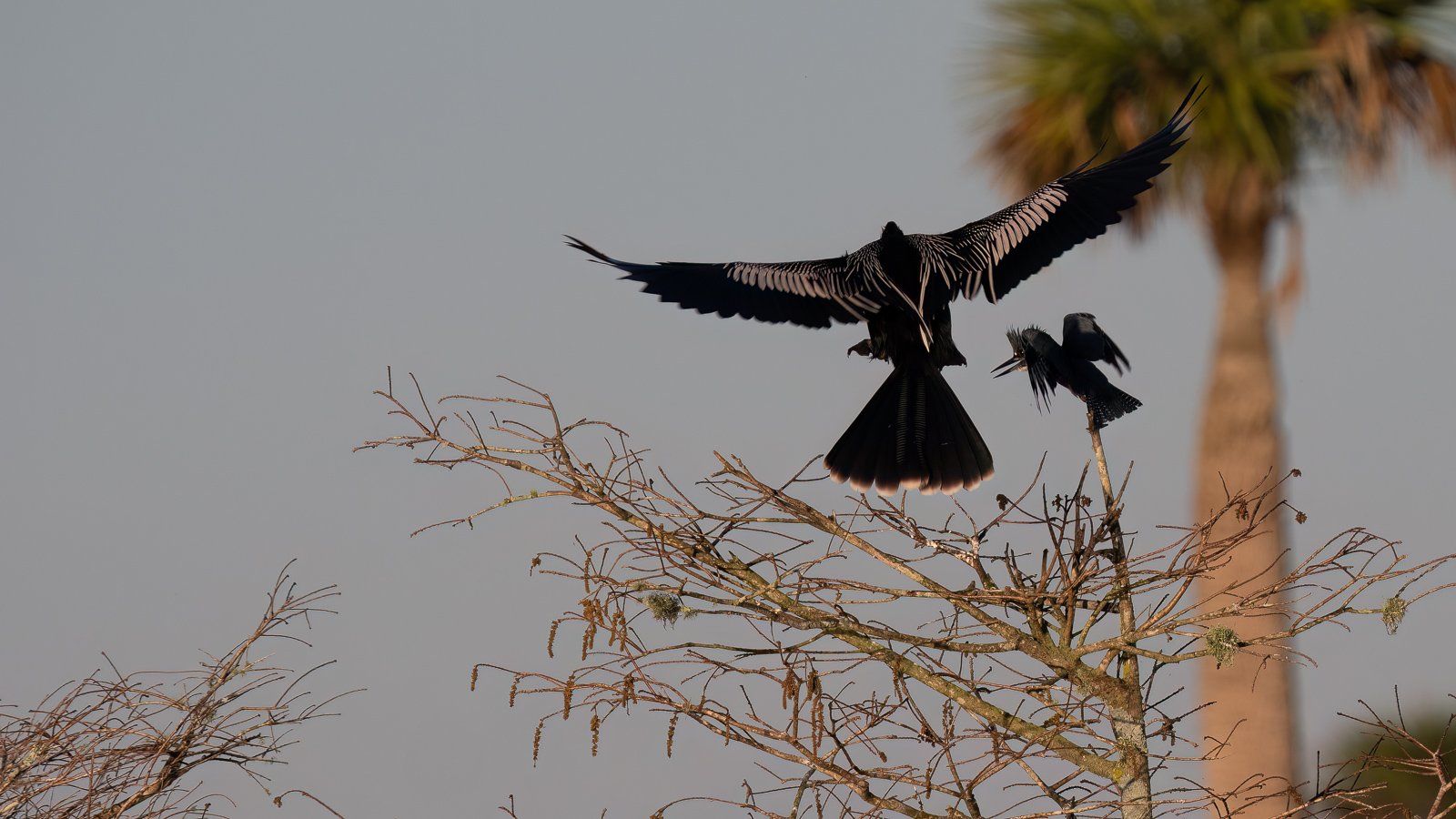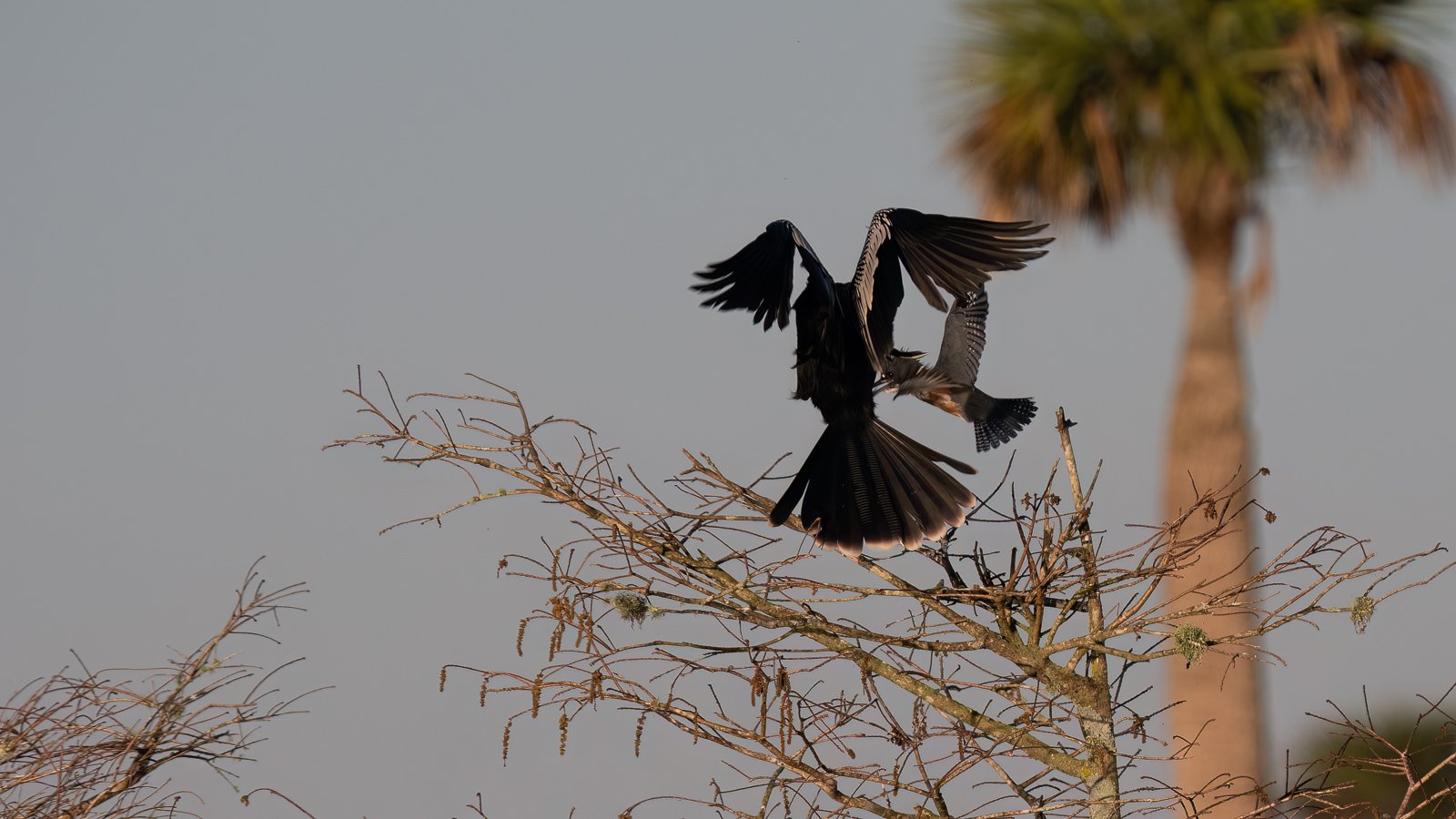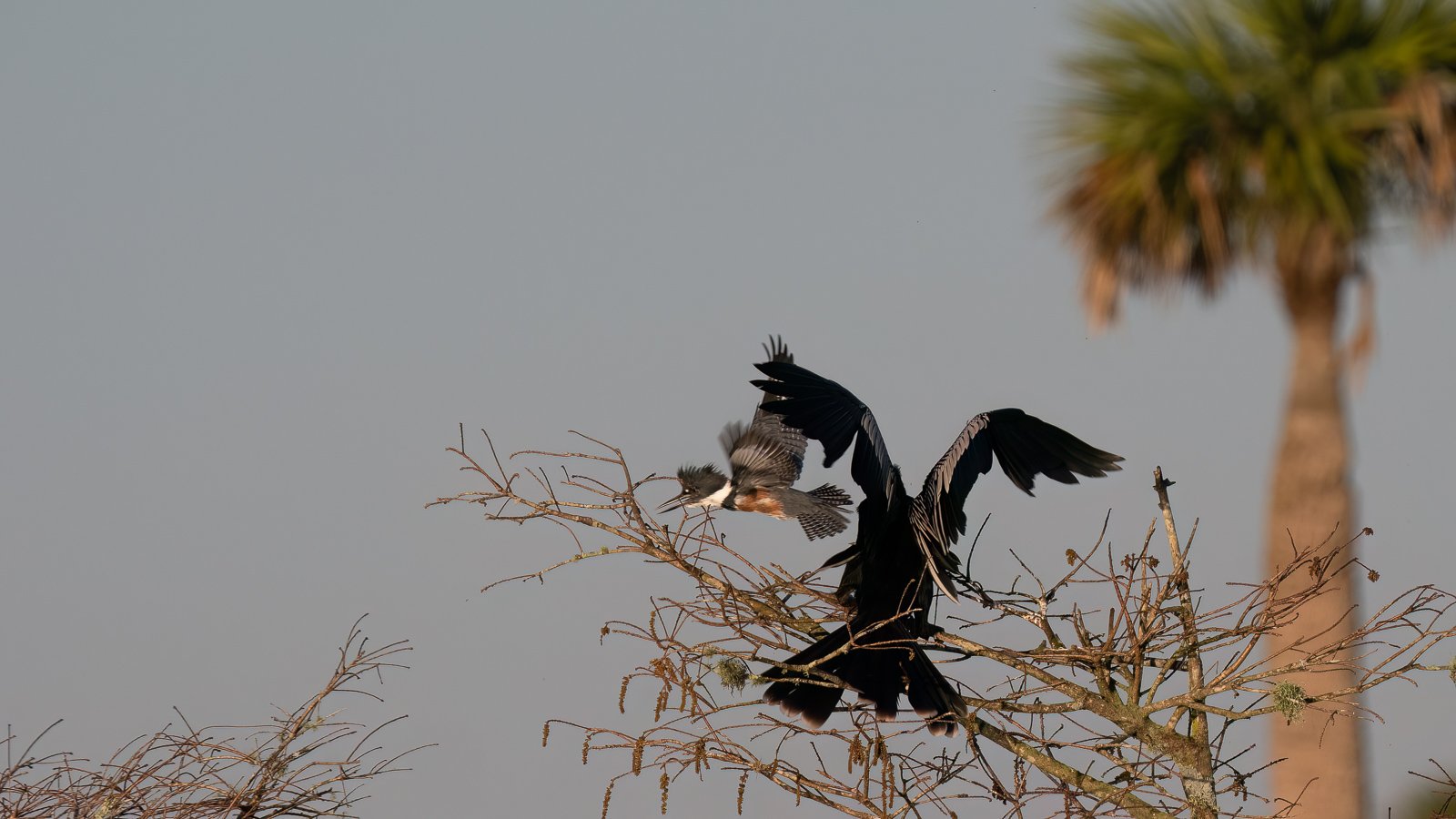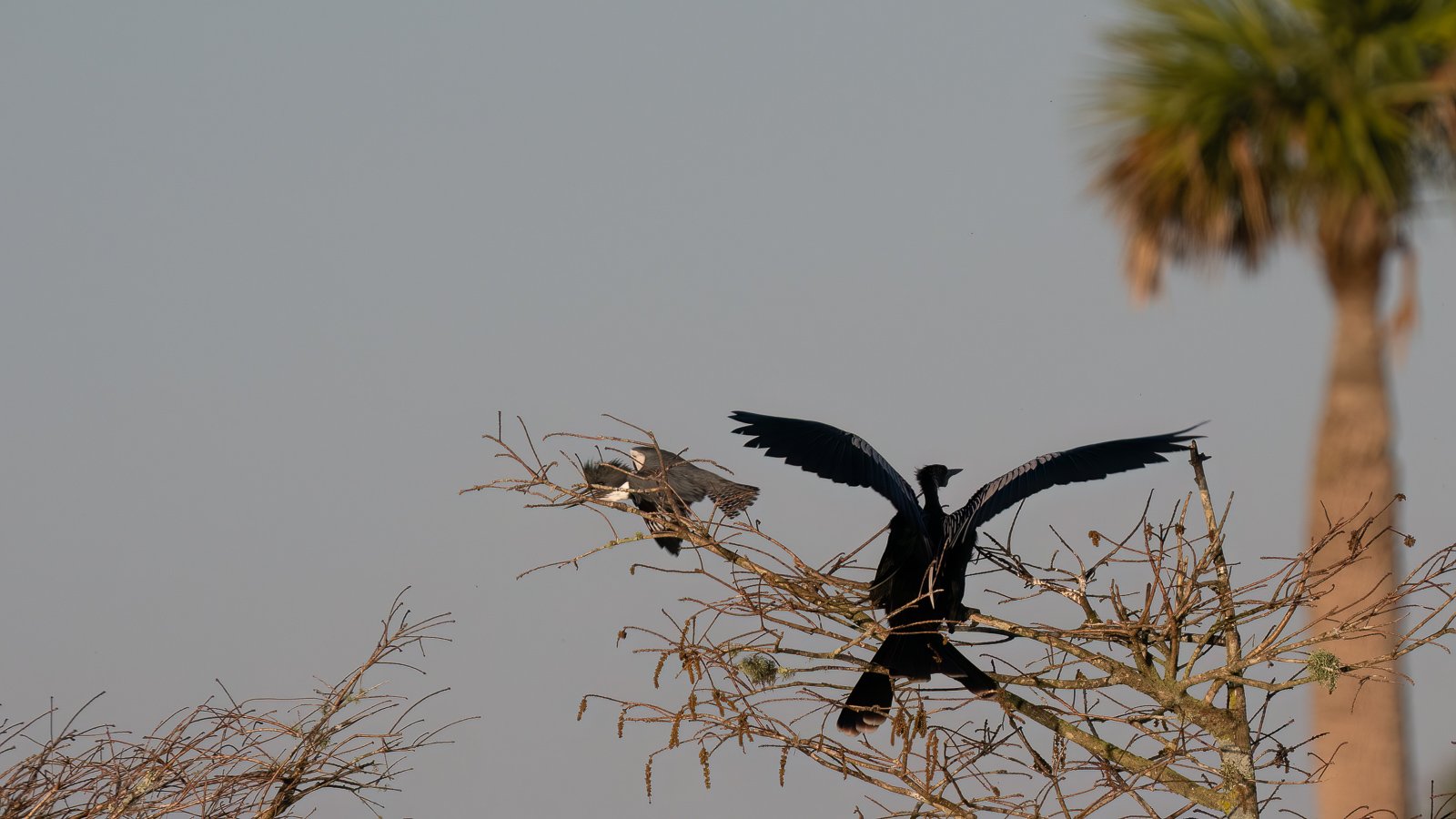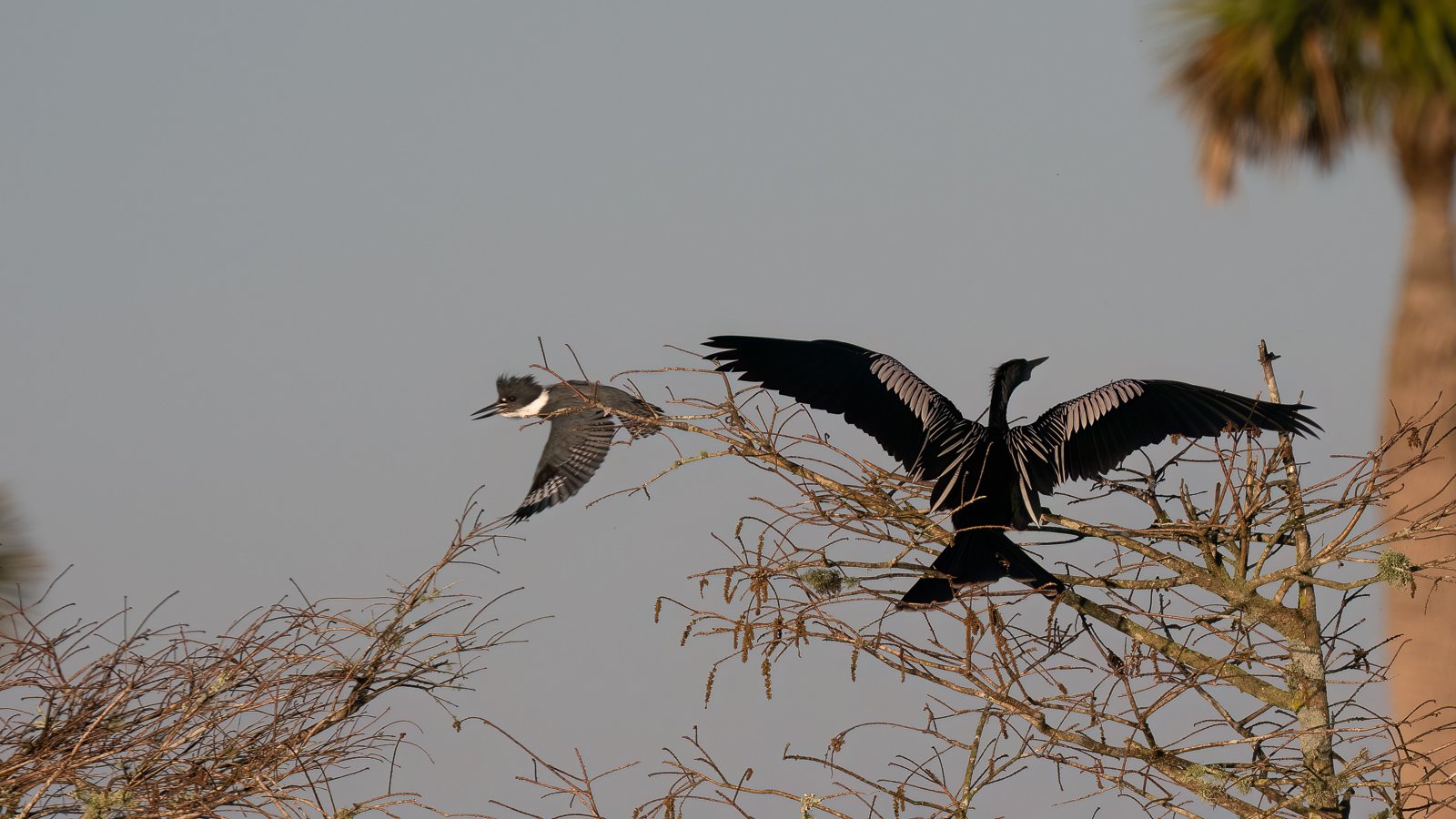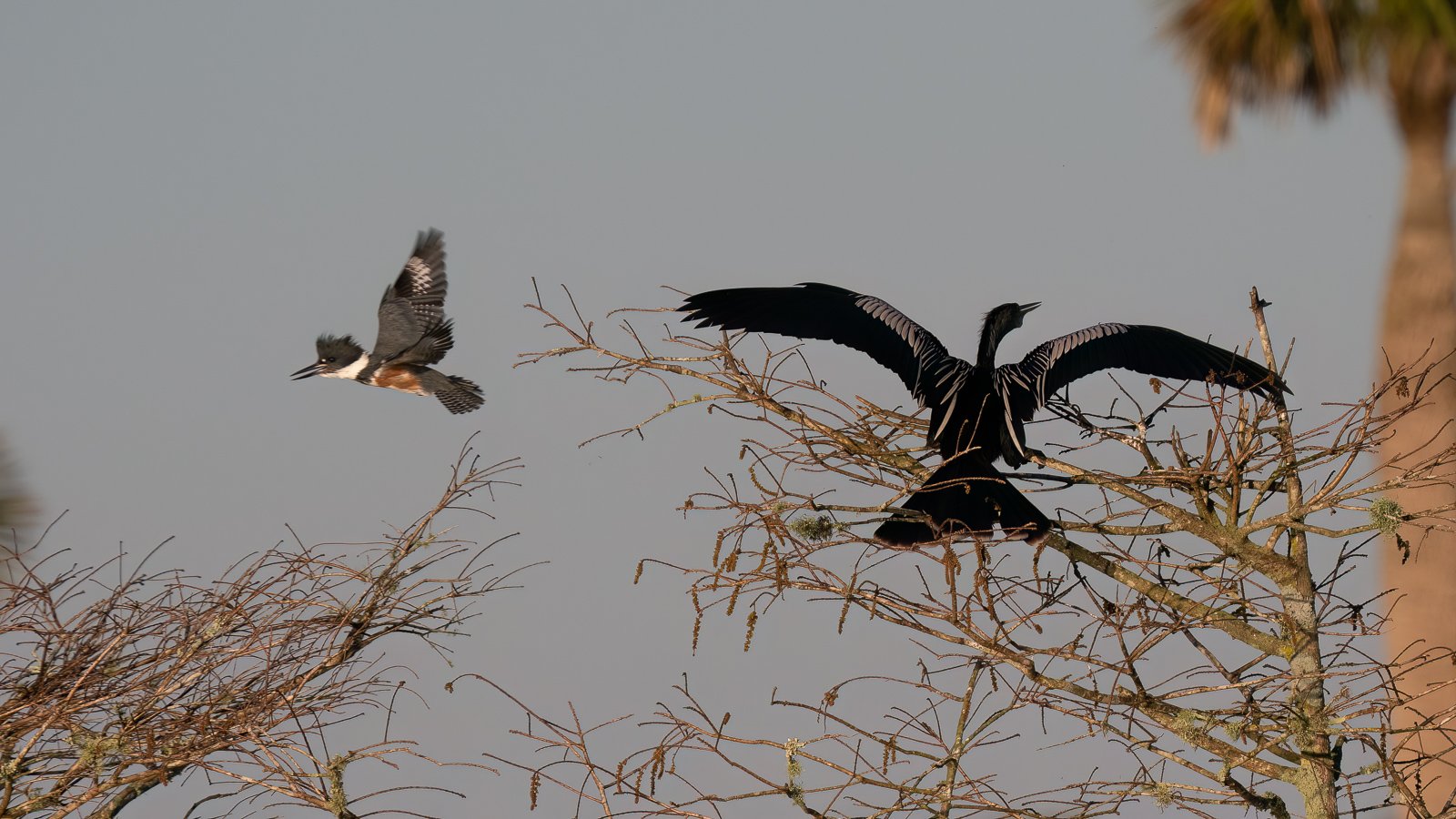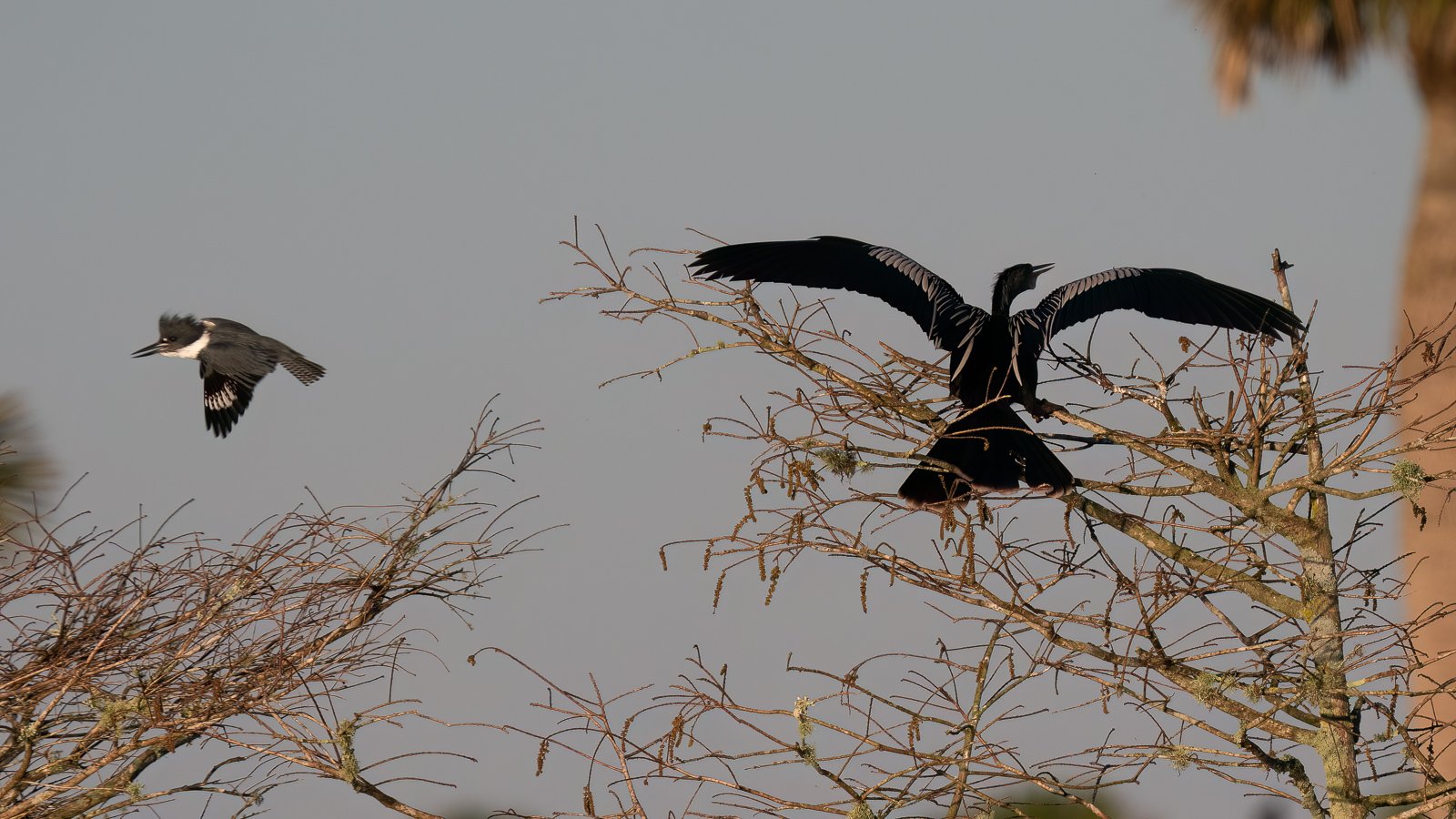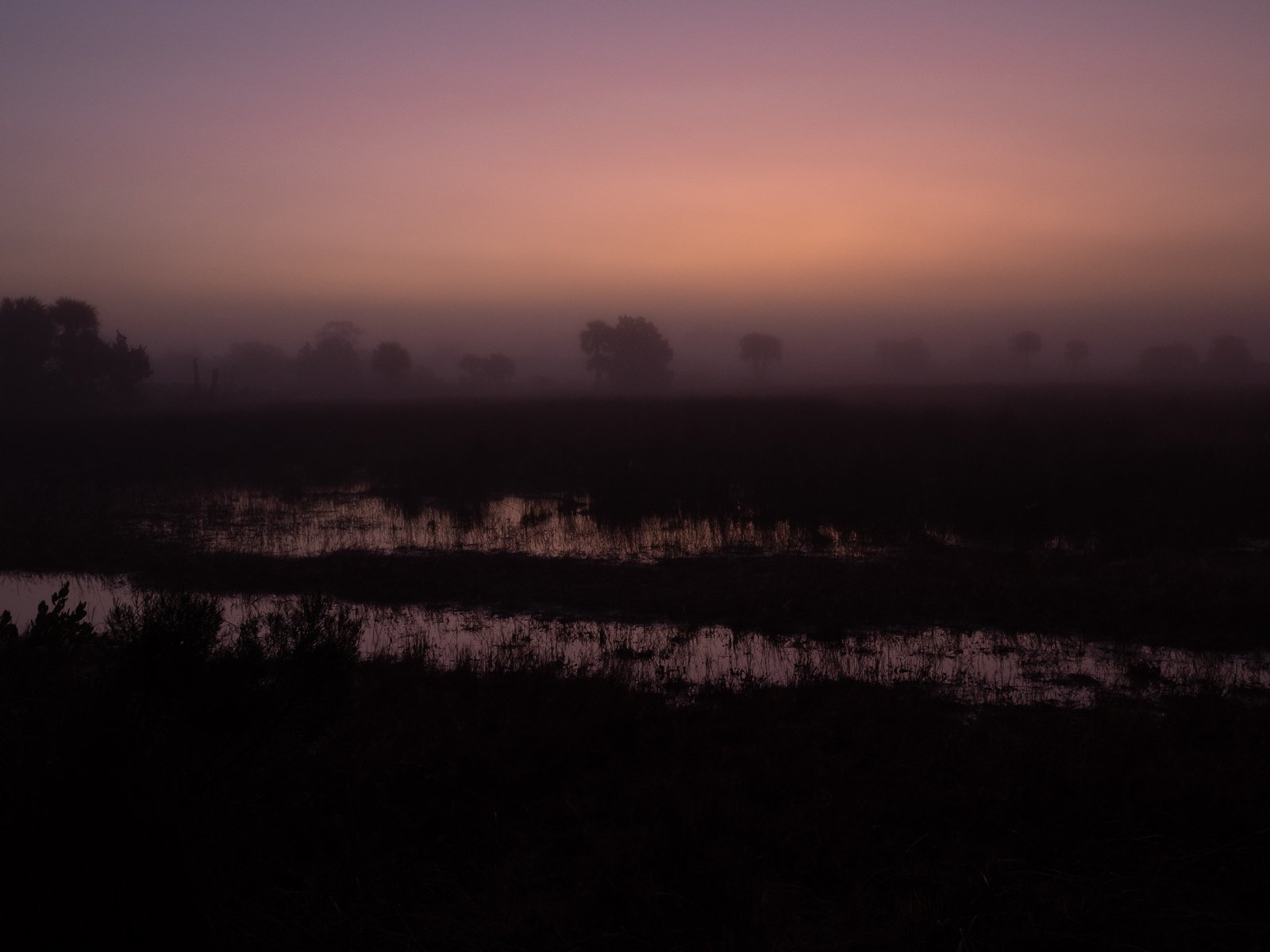Colorado Fall Colors - October 2023
/I was a participant in a Fall Colors Photography Workshop led by Joe Garza and Nick Selway last week. We spent four days chasing the light in the San Juan Mountains in the Ouray/Telluride area. My next few blog posts will illustrate some of the scenes we encountered.
Click on the image to see a larger version.
Mount Wilson (14,252 feet) is the highest summit of the San Miguel Mountains range of the Rocky Mountains. This image is a panoramic composite of four exposures obtained with an Olympus OM-1 camera and the 12-100mm f/4 lens at 21 mm. Settings: 1/100 sec at f/14, ISO 400
Another view of Mount Wilson from a different location and in different light conditions. Olympus OM-1 camera, 12-100mm f/4 lens at 29 mm. A single exposure - 1/250 sec at f/11, ISO 640.









































